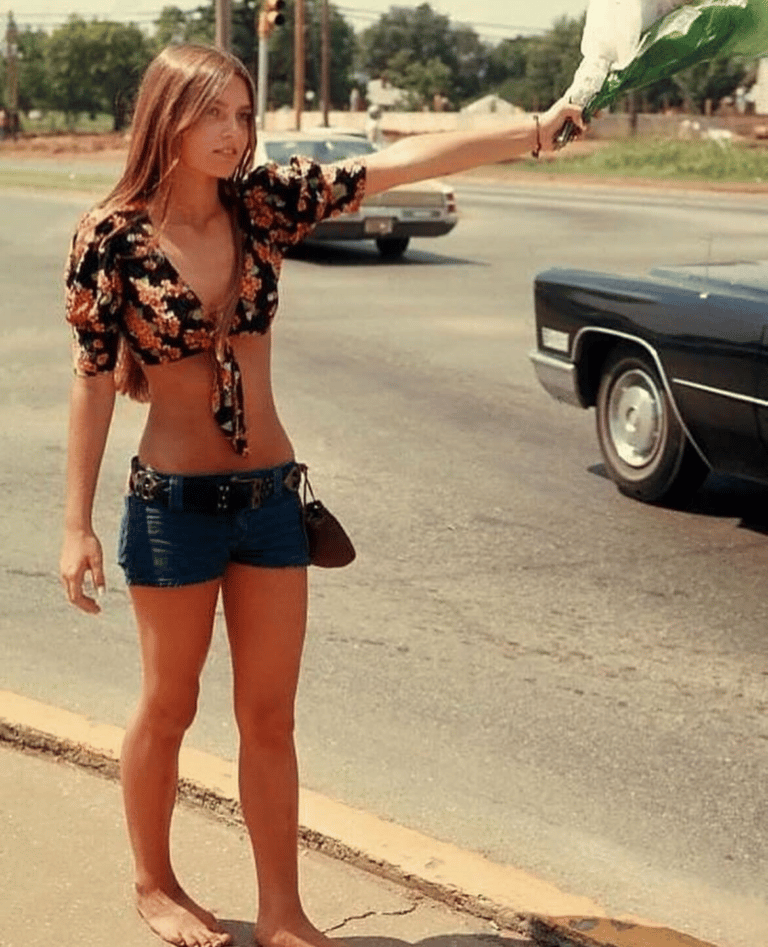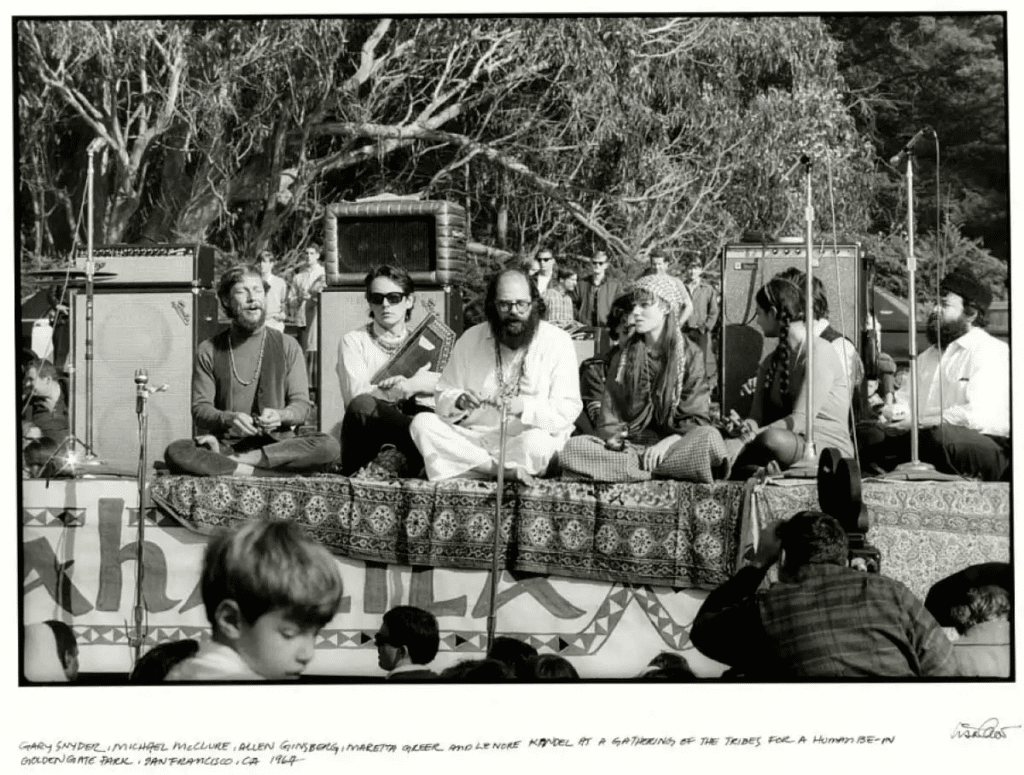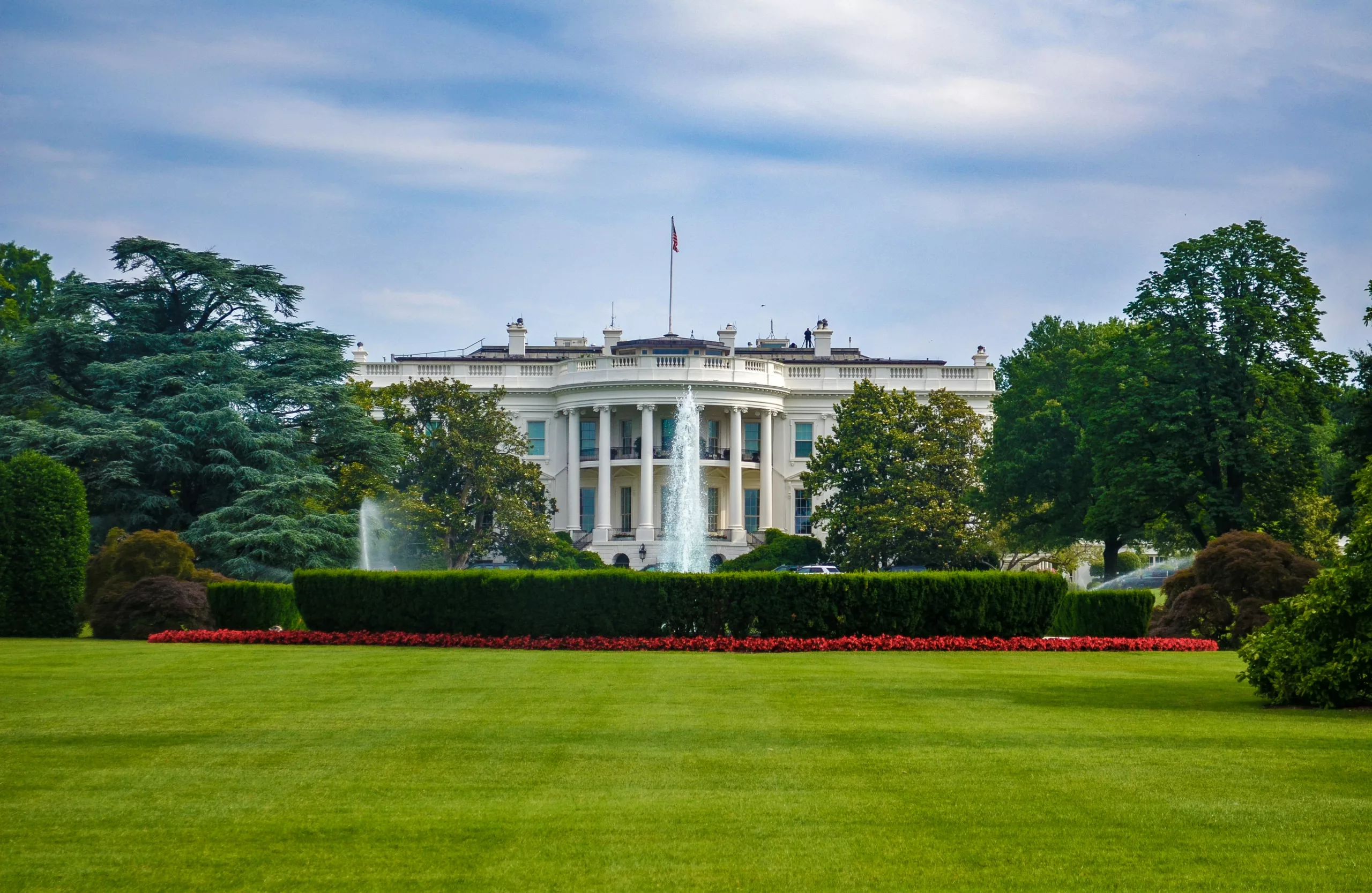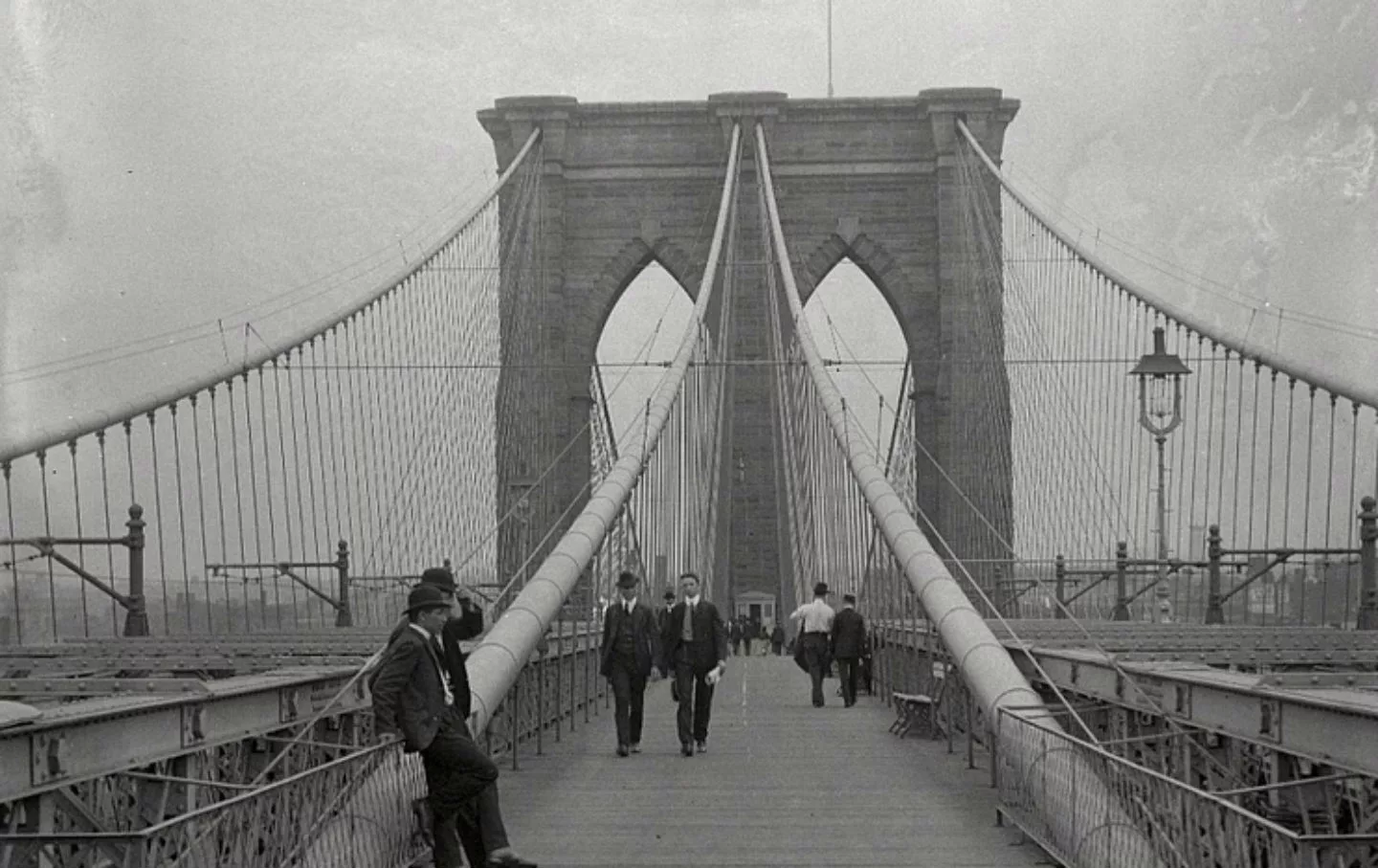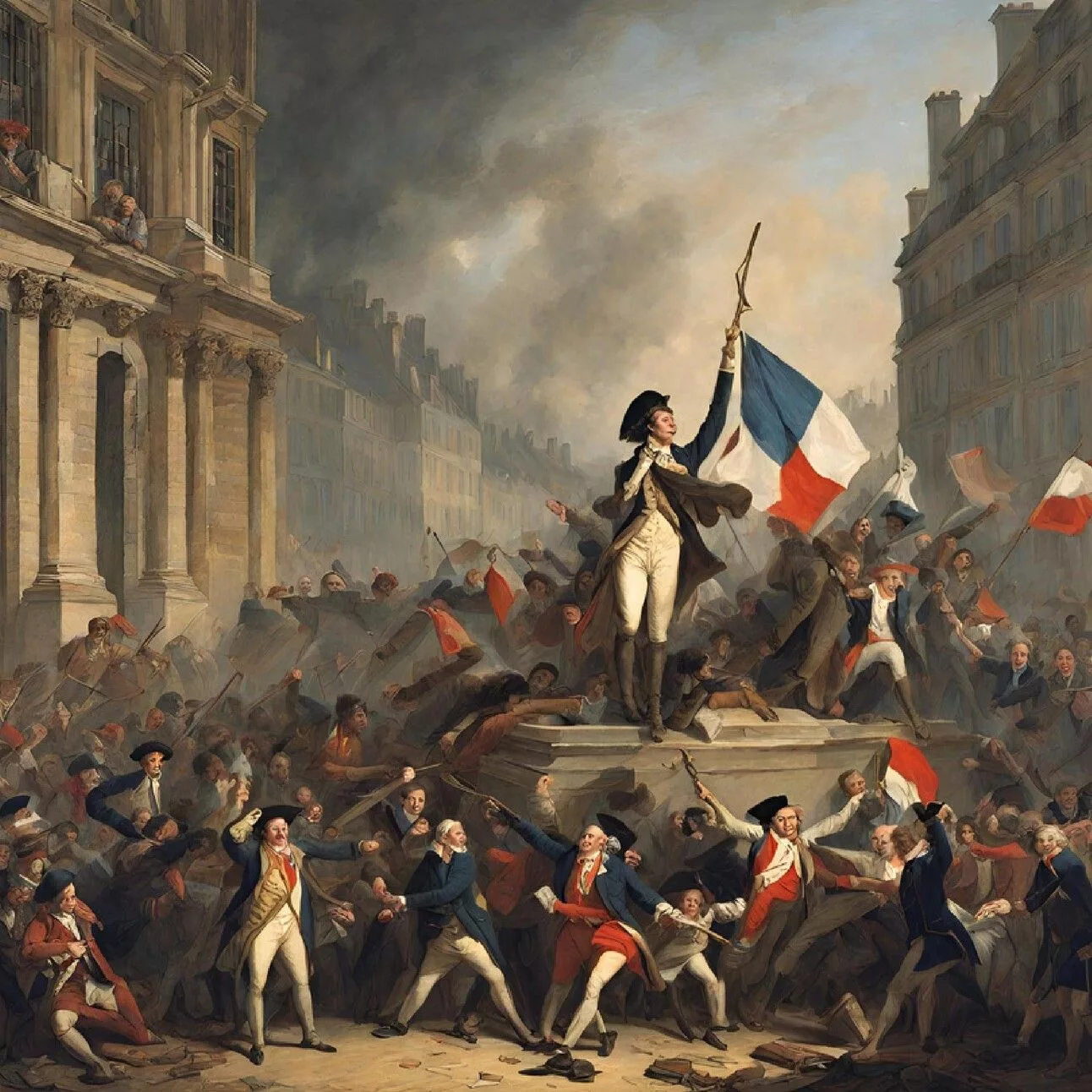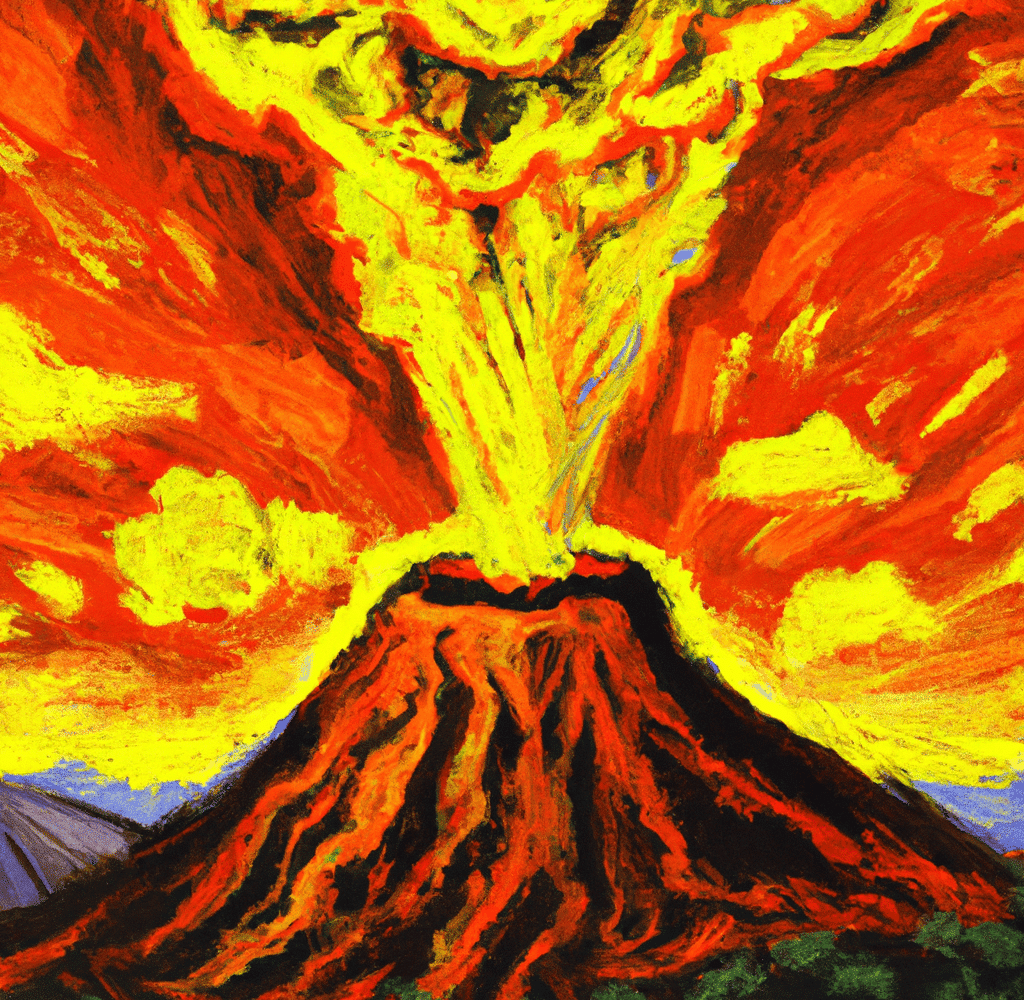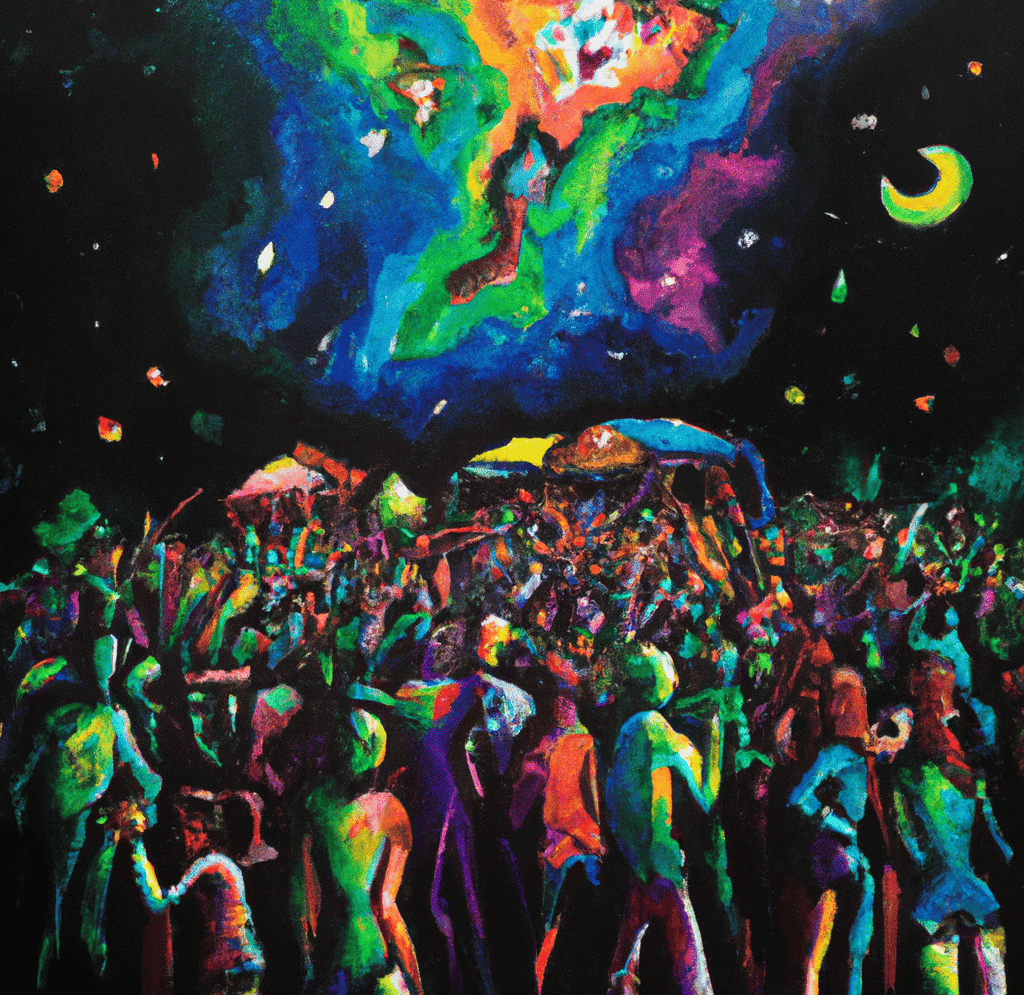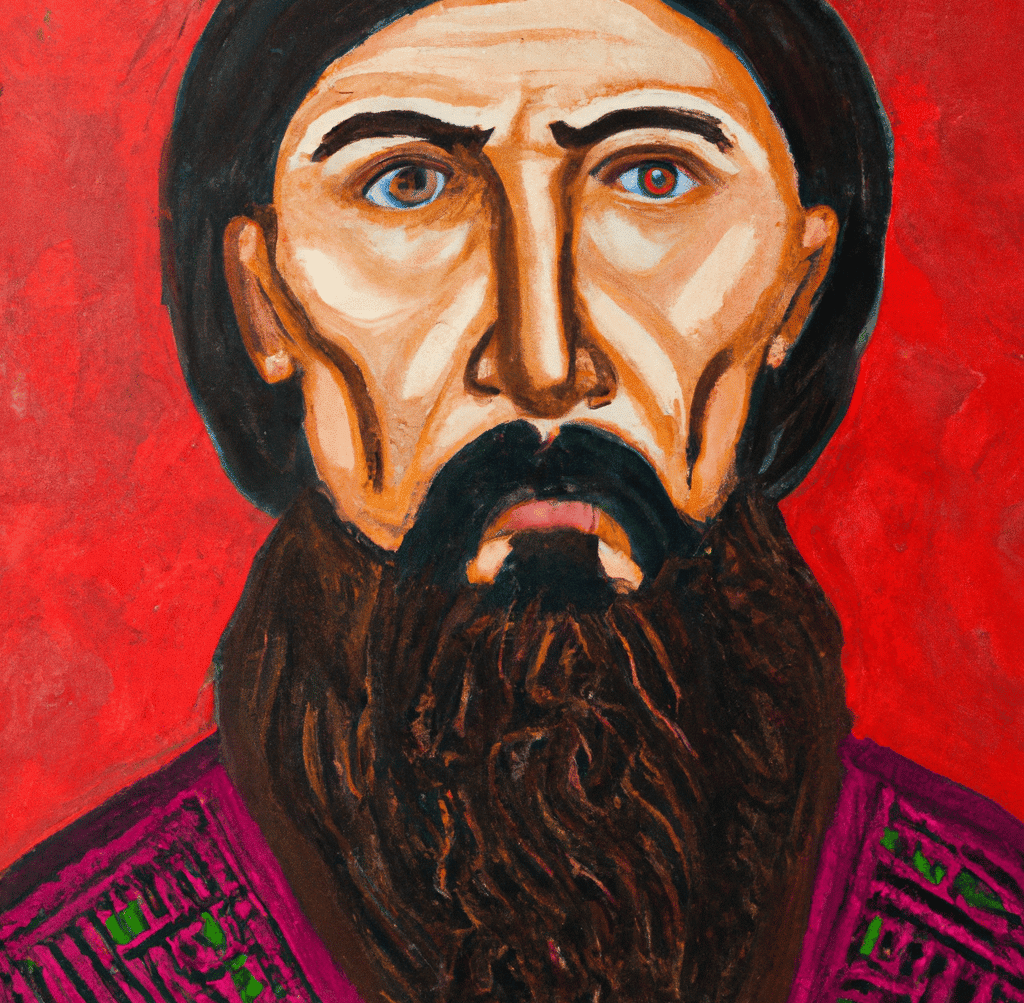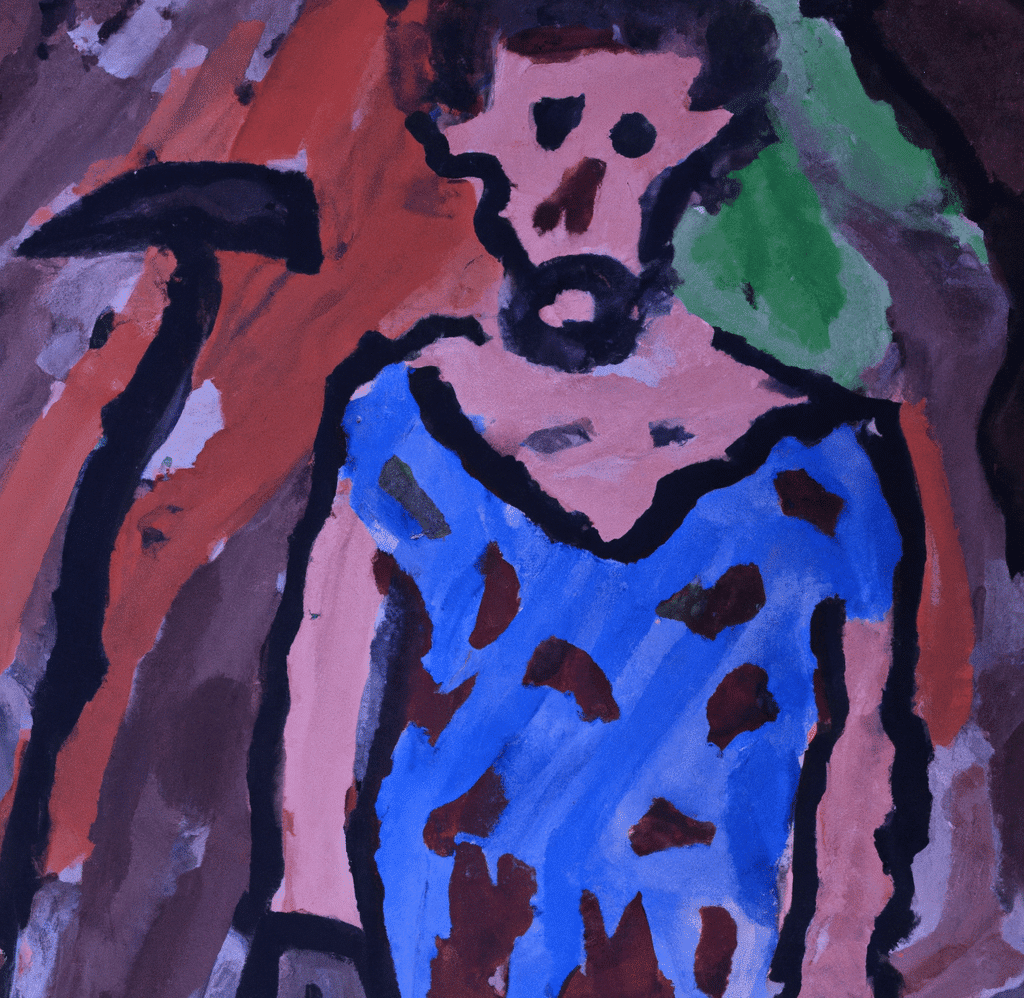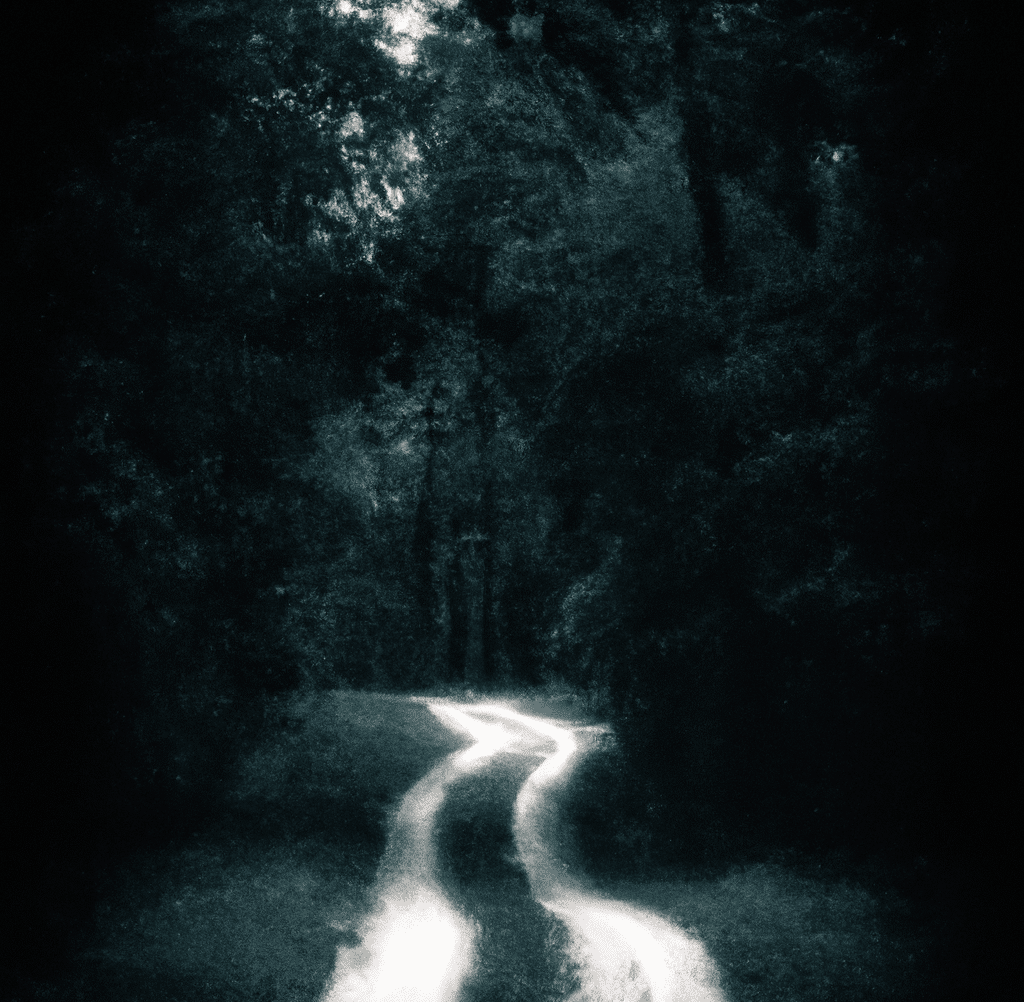After the 1969 Woodstock festival, the notion of peace and love had spread all across the US. So, by the time this photo was taken in 1973, hippies could be seen everywhere, not just major cities. They were throughout different states, like Oklahoma, spreading their message of peace, love, and yes – flower power. We all have our own image of what a hippie is in our mind – some probably a bit more accurate than others.
Nonetheless, here are four key requirements you need to check off before adopting this groovy lifestyle.
1. Understanding The Culture’s Origins
This culture, coined counterculture, started in the 1960s and spanned through the 1970s. It’s known as an act against the mainstream norms of the “American Dream,” such as getting married, getting a good job, having children, and living in a big house with a white picket fence. Those who participated in counterculture resented this idea and did not want to conform to the lifestyle that society told them was expected of them. The movement began with a younger demographic and originated mainly on college campuses before it spread through the nation. Surprisingly, hippies were mainly white, middle-class men and women.
2. Knowing Where The Name Came From
The name “hippies” came from the word “hipsters” or “hip.” Hipsters came from the group of people who were referred to as beatniks, or people who rejected societal norms. Also, since a core belief in the hippie culture was the expression and openness of love and opposition to violence and war – a popular phrase among the movement became: “Make love, not violence.” Whether you call them hipsters, hippies, flower children, or free spirits, all their nicknames mean the same thing: Someone who didn’t fit in with or believe in the standard mold of what someone should do with their lives. A major takeaway from their movement is that there is not just one path for everyone to follow, rather there are different ways to live your life and express yourself.
3. Building A Lifestyle
They developed their own lifestyles consisting of communal living, vegetarian diets, crazy colored and tie dyed outfits paired with long hair, beards, flowers, and sandals. Also, open love, free sex, and fighting back against American institutions and war violence. And of course, recreational drug use. Seeking spiritual freedom and connection, hippies would be very much into hallucinogenic drug use like LSD and weed. So, before you thank your state for making marijuana legal or Seth Rogen for making being a stoner mainstream, thank the hippies for their laying the groundwork back in the day.
4. Any Reason To Gather And Celebrate
Hippies were looking for any reason to gather and celebrate. I mean who doesn’t love a good party? But, being a part of something greater and unifying as a community was a core part of their culture. Whether it was a music festival, marches, gatherings, and protests, people showed up for the cause. Celebrating life, love, and supporting an anti-violence or political message brought waves of people. Outdoor music festivals like Woodstock were also a major favorite event for hippies. Crazy to see how far events like these have come from when hippies were organizing them in the 1960s and 1970s to full-blown companies orchestrating events like Rolling Loud, Coachella, and Governor’s Ball.
And if you’re still curious about the hippie culture, this short documentary covers what it was like to be a hippie and also how to better understand them.

